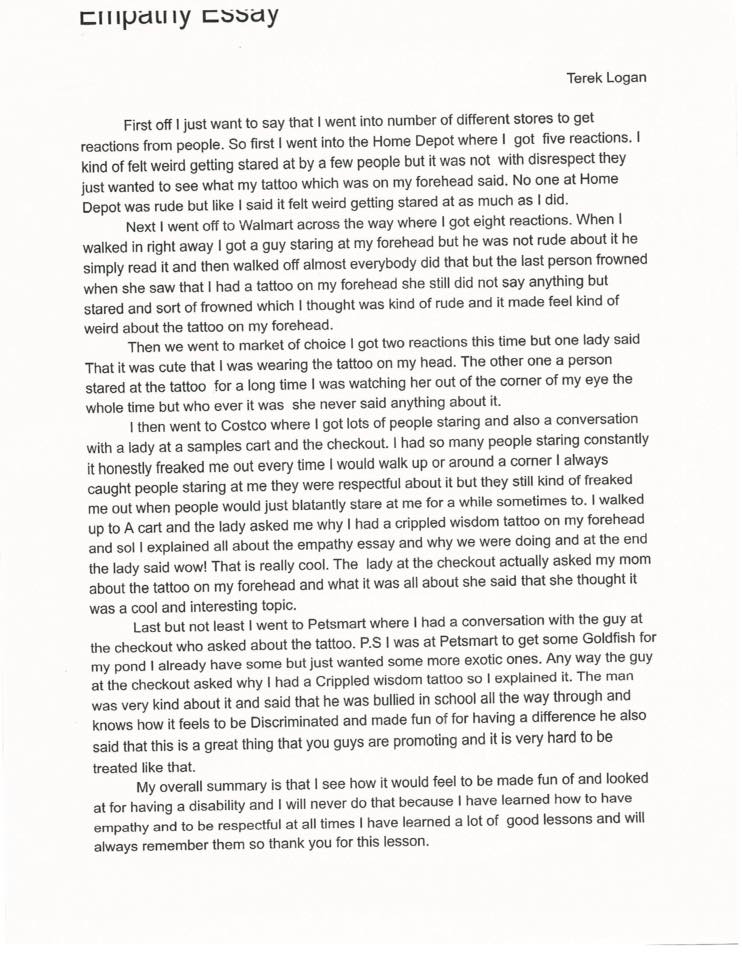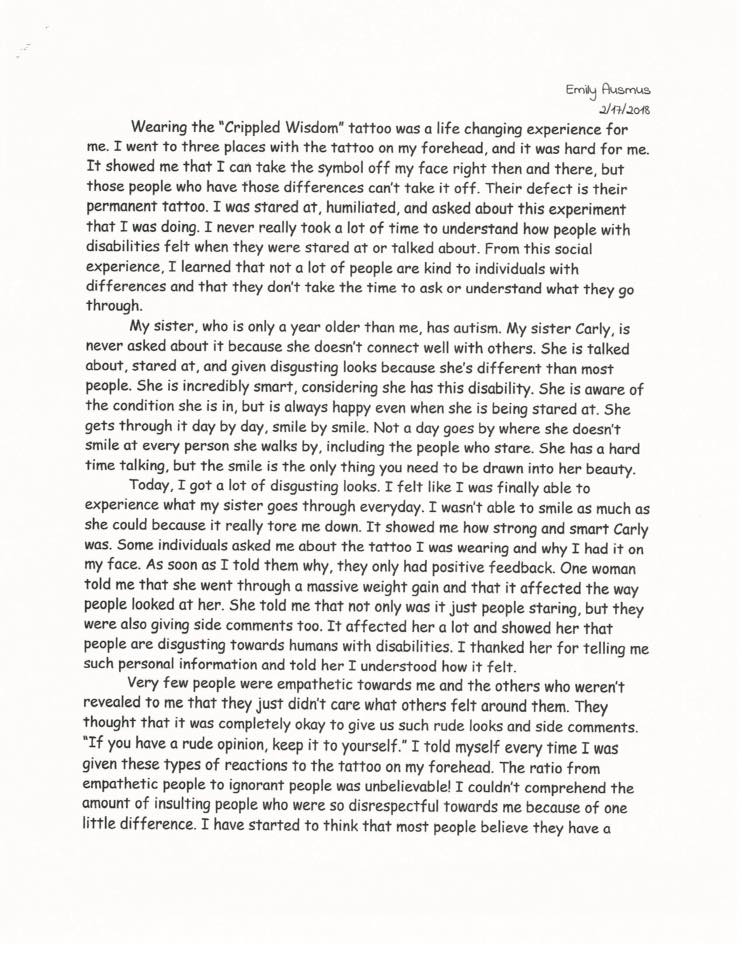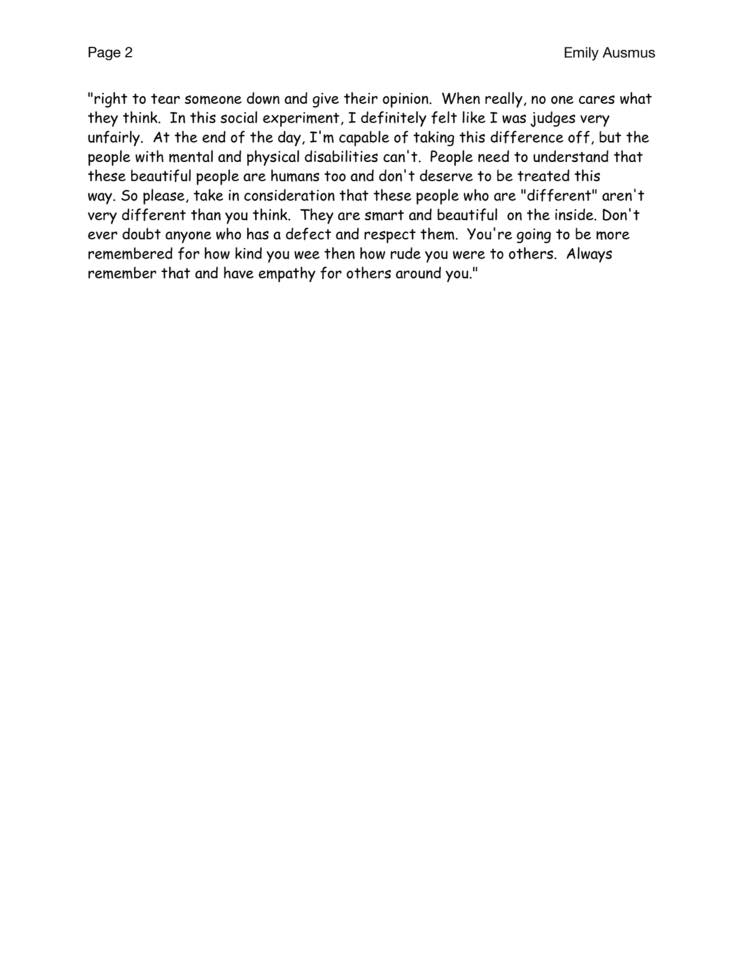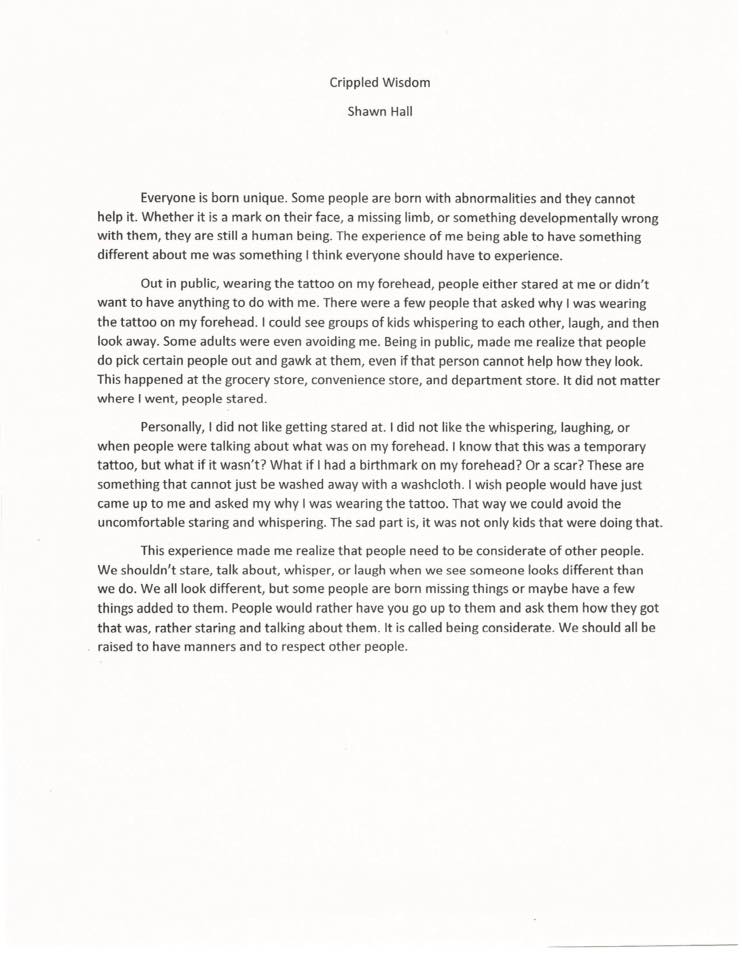
This has already been an interesting journey.
Back in July 2021 I had an appointment with a neurosurgeon. He was vague about my diagnosis but after a few more visits and second opinions, I was diagnosed with Cervical Stenosis. I learned that as people with cerebral palsy age, they need to be aware of this particular issue, as it is more common at an earlier age. I’m currently heading down this path.
Since announcing my diagnosis on my social media accounts, I am so very grateful for all the offers to help and hearing from all of the people (friends) who I have crossed path with in my life.
There are somethings I have had to come to terms with post diagnosis. At this point there are several things I have learned I can no longer do, such as driving. I’m going to miss driving. I always joked that Cerebral Palsy is making me age faster, similar to dog years. I’m aging at 1.5 years to the average human. At least my mind is aging normally. I hope everyone learns what aging signs might be in store for themselves. I guess my point is somewhat cliché but don’t let life pass. I’m not dying yet or hopefully not anytime soon but I thought I’d be physically active for another 10-20 years.
I’ll share my personal symptoms and journey in later posts and an upcoming podcast with my friend Carrie Asby.
Cervical Spinal Stenosis and Spastic Cerebral Palsy: A Call for Earlier Detection and Treatment








Recent Comments